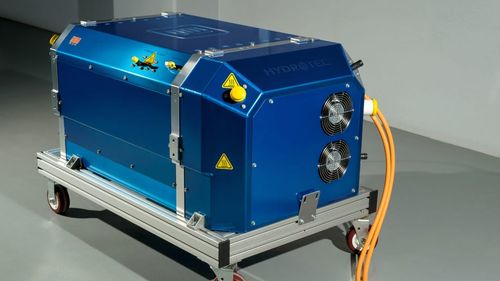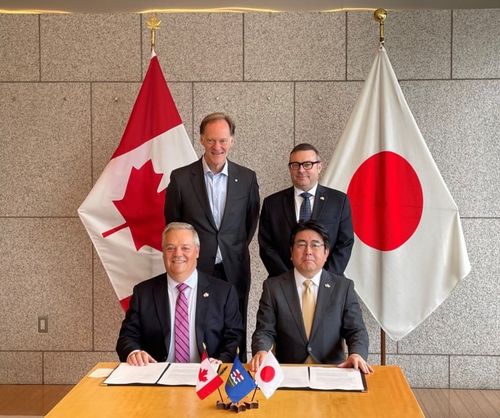Pembina Pipeline Corporation and Marubeni Corporation have signed an MOU to develop a blue ammonia supply chain from Western Canada to Japan and other Asian markets, according to a news release.
The facility will be on Pembina-owned lands adjacent to its Redwater Complex in the Alberta Industrial Heartland near Fort Saskatchewan, Alberta.
Initial feasibility studies have been completed and the facility has an anticipated design capacity of up to 185 kilotonnes per year of hydrogen production, which will be converted into approximately one million tonnes per year of ammonia.
The facility will include carbon capture with the potential for integrated transportation and sequestration on the proposed Alberta Carbon Grid being developed by Pembina and TC Energy.
The ammonia would be transported via rail to Canada’s WestCoast and shipped to Japan and other Asian markets.
Under the MOA, Pembina and Marubeni will focus on the preliminary Front End Engineering Design (pre-FEED), engagement with various stakeholders, including governments in Canada and Japan, and commercial activities.
The project is expected to be structured as an infrastructure-style, fee-based business with investment grade counter parties. Pre-FEED work is currently expected to be completed by early 2024.
The project could potentially serve as an anchor development to advance Pembina’s ongoing efforts to establish a new growth platform known as the Pembina Low Carbon Complex (PLCC) for energy transition technologies, sustainable fuels, and chemicals like hydrogen, ammonia and methanol.
“With over 2,000 contiguous acres of undeveloped land located in the Alberta Industrial Heartland, Pembina’s vision is to develop an industrial complex for low-carbon energy infrastructure to better enable Pembina and third parties to develop projects, while reducing costs, emissions, and risk,” the release states.
Projects within the PLCC would gain access to land, low-carbon hydrogen, clean power, natural gas and industrial gases, water, CCUS, and the construction and operation of rail assets. Within the PLCC, Pembina would lease land to third parties and provide infrastructure, logistics, and shared services to tenants.






